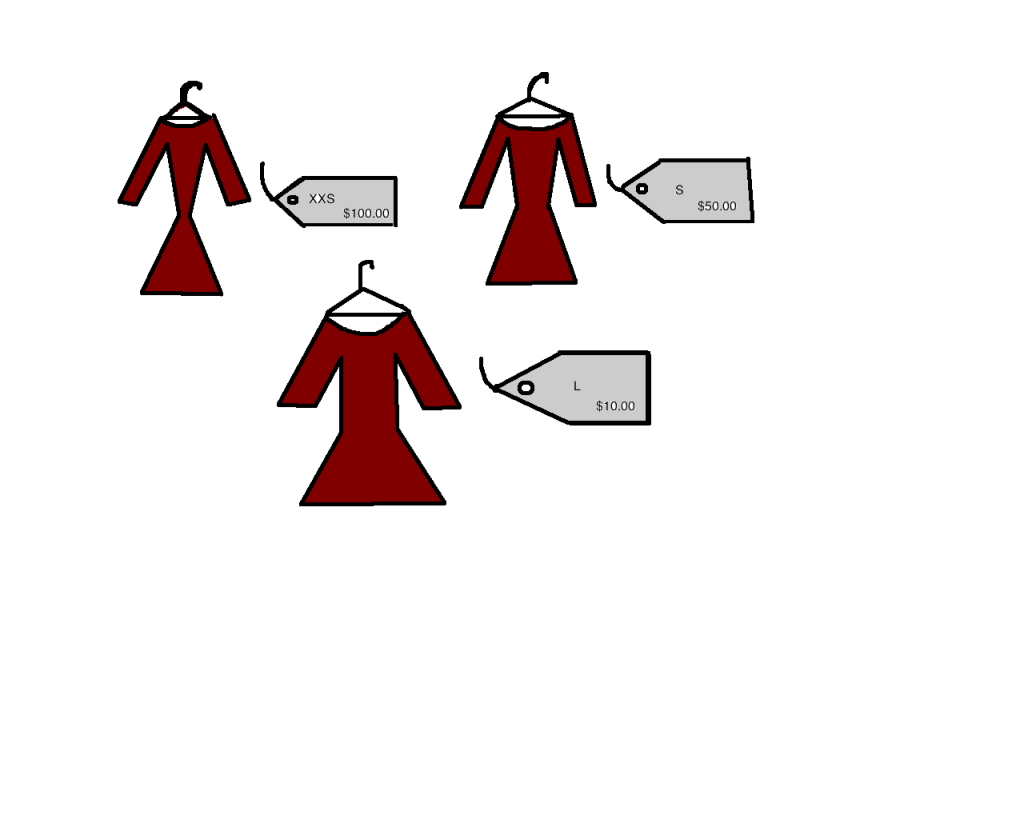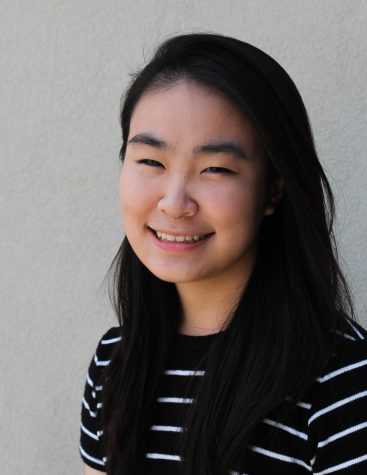The strong scent of A&F No.1 intoxicated me as I walked into the dark lighting. Images of scantily clad women and near-naked men lined the walls, and the loud music vibrated the racks of overpriced clothing.
To my middle school self, Abercrombie & Fitch was the epitome of cool. I was scandalized by the high prices, indecent clothing and beautiful models of this brand.
And that’s precisely the psychological effect that Mike Jeffries, the CEO of Abercrombie & Fitch and Hollister, wants.
According to Jeffries, the “attractiveness” appeal is the basis of his advertisement strategy: “good-looking people attract other good-looking people, and we want to market to cool, good-looking people.” In an interview with Salon Magazine, Jeffries said, “We go after the cool kids. We go after the attractive all-American kid with a great attitude and a lot of friends. A lot of people don’t belong [in our clothes], and they can’t belong. Are we exclusionary? Absolutely.”
Welcome to the toxic environment that Jeffries has created for Abercrombie, once the fastest growing teen clothing retailer in the U.S. In the past few months, Jeffries has made multiple shocking comments about the exclusive environment that he wishes to create among shoppers and employees, and it has become apparent that he is incorporating that exclusion into his business model.
Jeffries is attempting to create walking advertisements of his clothing, and he actively seeks out employees who could be potential models of his “cool-kid image.”
However, Abercrombie & Fitch is not the only company that practices this business model. Numerous allegations have been made against American Apparel, another teenage clothing brand, for using their employees as models for their clothing line. If you don’t fit the type, then you’re out.
In 2010, Hani Khan, an Abercrombie & Fitch employee, was unexpectedly fired after she refused to remove her hajib, a traditional Muslim headscarf.
The company made allegations that she was not properly supporting the “all-American look.” However, the “all-American look” has changed quite drastically over the past few years. As a country known to be accepting to all races, beliefs and differences, there really isn’t an American type anymore..
There were two other cases concerning the hijab apart from Khan’s, and Abercrombie & Fitch was guilty in all allegations.
However, Abercrombie & Fitch did not simply target the subset of Muslim women. In 2004, the company was forced to pay $40 million in a lawsuit claiming discrimination against African American, Asian and Latino employees. In addition, Hollister’s entrances, which resemble the steps leading up to a beach house, were in violation of the Americans with Disabilities Act.
Although a plethora of lawsuits and claims have plagued the company, senior Alexis Frezza, who works at the Abercrombie Kids store at The Mall at Millenia in Orlando, says that she has never first-handedly seen any discriminatory acts. She further claims that she does not agree with the business model that Abercrombie & Fitch is trying to create and the type of clothing that the company sells.
“Abercrombie Kids models their designs after what is sold in the ‘grown-up’ version of the store,” Frezza said. “I definitely do not agree with a ten year old wearing a crop-top.”
The company has unknowingly displayed shameless sexism by creating set gender roles and standards for both men and women. A carefree promiscuity is encouraged among teenage girls through their sexualized advertisements and sale of revealing clothes.
In addition, Abercrombie & Fitch defines the “cool kid” as not just the people that can afford the clothes, but also those who can actually fit into them. The company refuses to carry XL and XXL in women’s clothing and any size larger than a 10 in jeans, even though the U.S. national average women’s pant size is a 13.
In an attempt to provide that exclusive atmosphere for their customers, the company alienates a large subset of the population. But according to Jeffries, if “you don’t alienate anyone, . . . you don’t excite anybody either.”
Right next door to Abercrombie & Fitch in Brandy Melville, “small,” reads the label dangling from the first tank top on the rack. So does the one behind it. And the third, fourth, fifth— they’re all small. In fact, nearly every single piece of clothing in the store is either labeled “small” or “one-size.”
Undeniably, the trend of exclusive clothing is spreading throughout the world, and it is changing the average teenager’s perception of beauty.
According to the Huffington Post, in Brandy Melville’s New York SoHo store, a customer said she was kicked out of the store immediately upon walking in after being told that she “would not fit into anything” and that she “would stretch out the clothes if she tried anything on.”
This new battle to be the thinnest could be very dangerous.
In a 2013 study completed by the Centers for Disease Control, more than half of teenage girls use “unhealthy weight control behaviors,” like skipping meals, purging or fasting.
Although our world’s opinion of beauty may be changing for the worst, companies such as Dove are working to reveal the true beauty of women beyond a clothing size or age.
Efforts to reverse the damage done to our society have become apparent in the fashion world as well, as more and more teenagers are turning to stores such as H&M and Forever 21, which allow for individuality at a lower cost.
Despite Mike Jeffries attempts to create an “all-American” exclusive lifestyle, his tastes of beauty are too narrow-minded for our changing society.












Troy Deal IV • Jan 27, 2015 at 8:03 pm
But I love A&F!!! I only feel comfortable with the AF logo on my clothes.